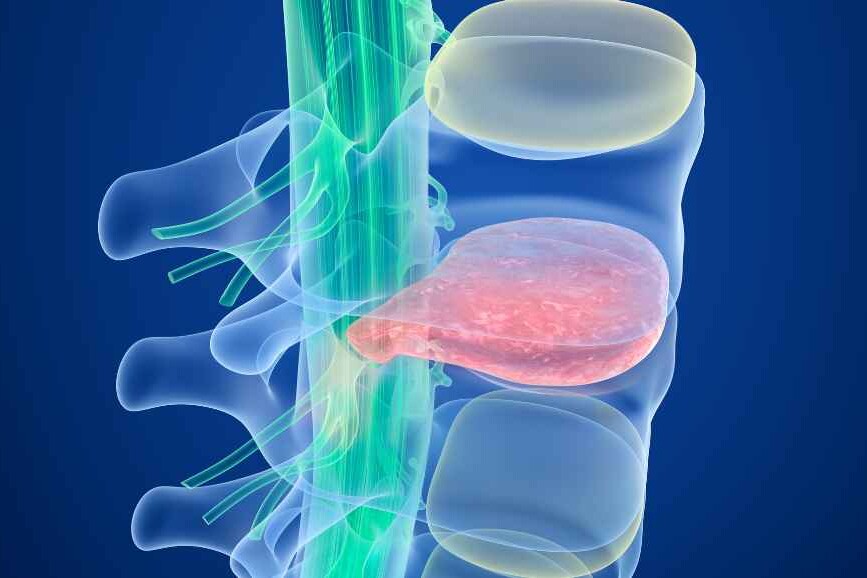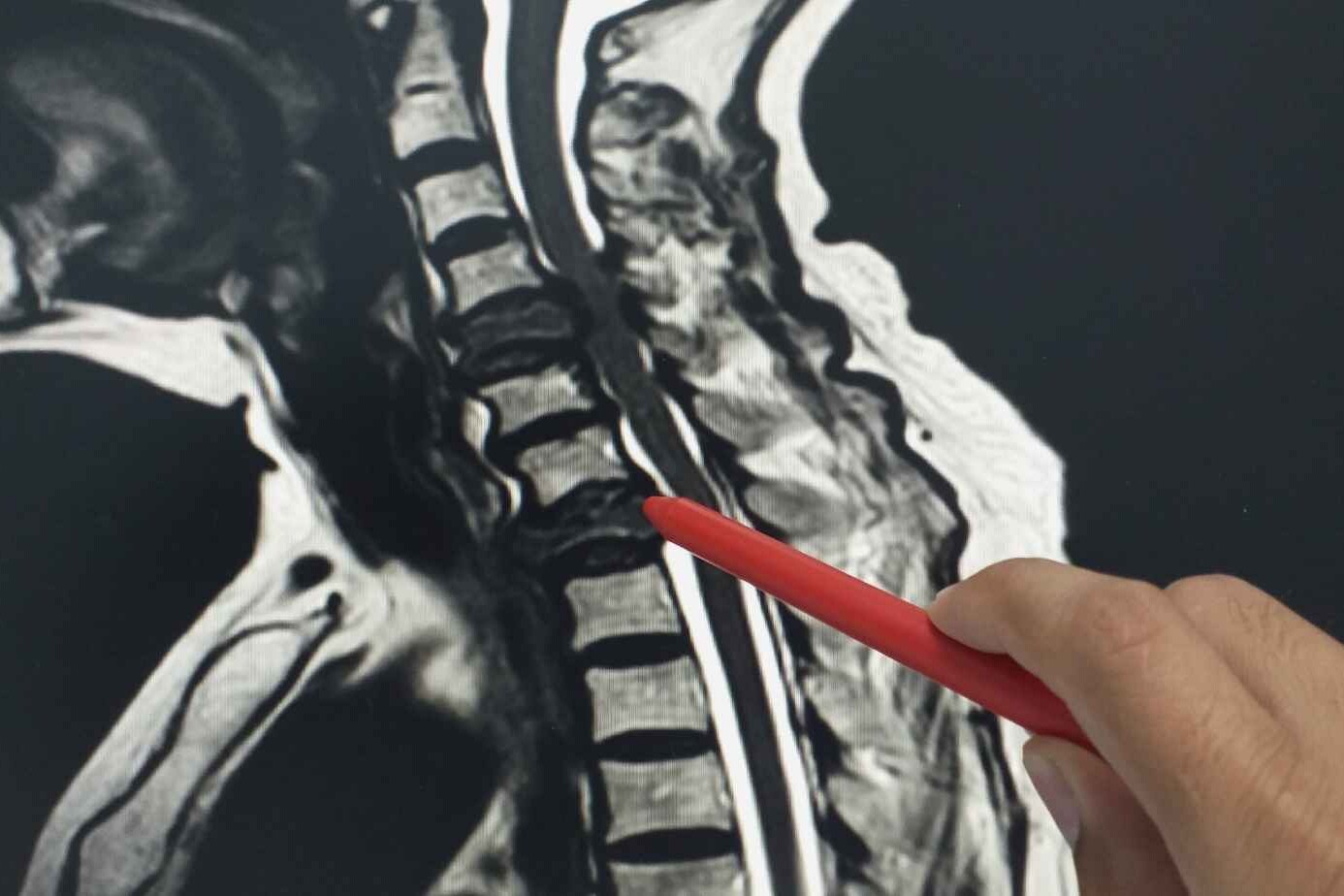Spine surgeries have significantly advanced in addressing various spinal conditions, providing substantial relief to individuals. Despite the numerous advantages these procedures offer, it is crucial to recognize that inherent risks of spine surgery are involved akin to any surgical intervention. This article aims to explore and elucidate some prevalent risks associated with spine surgeries, fostering a comprehensive understanding of the potential challenges during these medical interventions.
Table of Contents
ToggleInfection Risks of Spine surgery
Infections represent a potential complication that may arise in the surgical area following spine surgery. Various reports indicate that the likelihood of infection post-spine surgery can vary, with estimates suggesting a risk of up to 4% or higher. It is imperative to recognize and address this risks of spine surgery, as infections can pose significant challenges to the recovery process, potentially impacting both the short-term and long-term outcomes of the surgical intervention. In the subsequent sections, we will delve deeper into the factors contributing to the risk of infections after spine surgery and explore preventive measures to mitigate these concerns.
Prevention: Sterile operating environments, proper wound care, and antibiotics can help reduce this risk.
Risk of Nerve Damage after Spine surgeries
Nerve damage stands as a notable potential risks of spine surgery, as evidenced by reported incidences ranging from 1% to 12% in diverse medical studies. The intricate nature of the spinal anatomy and the delicate network of nerves make this risk a critical consideration in the preoperative assessment. While advancements in surgical techniques and technologies aim to minimize such occurrences, it is crucial for individuals contemplating or undergoing spine surgery to be aware of the potential for nerve damage. In the subsequent sections, we will explore the factors contributing to this risks of spine surgery and the strategies healthcare professionals employ to mitigate and manage the likelihood of nerve damage during and after spine surgery.
Prevention: Surgeons use nerve monitoring techniques to minimize this risk, and careful surgical planning can also help prevent nerve injury.
Bleeding Risks of Spine surgery

Another significant risk associated with spine surgery is the potential for bleeding during or after the procedure. Various studies report that the incidence of excessive bleeding can vary, with estimates ranging from 1% to 10% of cases. Managing bleeding complications during spine surgery is paramount, necessitating vigilant monitoring and prompt intervention to ensure patient safety. In the subsequent sections, we will delve into the factors influencing the risk of bleeding in spine surgery, explore preventive measures, and discuss the strategies medical professionals employ to address and mitigate bleeding complications in the perioperative period.
Prevention: Surgeons use precise techniques and monitor blood loss during surgery to mitigate this risk.
Anesthesia Complications of Spine Surgery
Complications associated with anaesthesia represent another facet of concern in the realm of spine surgery, with reported incidents of issues like allergic reactions or respiratory complications ranging from 1% to 4% in various cases. Anesthesia is a crucial component of any surgical procedure, and while advancements in anaesthetic techniques have significantly improved safety, it is essential to acknowledge and address the potential risks. This article will further explore the nuances of anaesthesia-related complications in spine surgery, examining the factors contributing to their occurrence and delving into the measures taken by medical professionals to minimize and manage these challenges for the well-being of patients undergoing spinal interventions.
Prevention: Anesthesiologists carefully evaluate patients and choose appropriate anaesthesia methods to minimize these risks.
Development of Blood Clots After Surgery
Another noteworthy postoperative concern in spine surgery is the potential development of blood clots, specifically deep vein thrombosis (DVT). According to medical journals, the reported risk of DVT after spine surgery falls within the range of 1% to 3%. Recognizing the significance of this risk is crucial, as blood clots pose profound health implications, including the potential for pulmonary embolism, which can be life-threatening. In the subsequent sections, we will delve into the factors contributing to the risk of blood clot formation post-spine surgery, explore preventive measures, and discuss the strategies employed by healthcare professionals to detect and manage DVT, enhancing overall patient safety during the recovery period.
Prevention: Patients may receive blood thinners and are encouraged to move their legs after surgery to reduce this risk.
Implant Problems
An additional concern in the realm of spine surgery involves potential issues with implants, including screws or plates used in the procedure. According to studies, the risk of complications related to implants can vary, with reported incidences ranging from 1% to 6%. The reliance on implants to stabilize and support the spine underscores the importance of close monitoring and addressing any challenges that may arise. In the upcoming sections, we will explore the factors contributing to the risk of implant-related risks of spine surgery, examine preventive measures, and discuss the strategies employed by healthcare professionals to ensure the integrity and functionality of these implants, ultimately optimizing the success and longevity of the surgical intervention.
Prevention: Surgeons take great care in selecting the right implants and ensuring their proper placement.
Failed Spine Surgery
Sometimes, despite the best efforts, the surgery may not provide the expected relief. In some studies, surgical failure rates have been reported as high as 30% in some instances.
Prevention: Detailed preoperative assessments and patient selection can help minimize the risks of spine surgery failure.
Postoperative pain and discomfort
Postoperative pain and discomfort are familiar facets of the recovery process that patients may encounter following spine surgery. Recognizing that such experiences are typical as the body heals and adjusts to the surgical intervention is essential. The management of postoperative pain is a crucial aspect of patient care, and healthcare professionals employ various strategies to ensure that individuals undergoing spine surgery can navigate this phase of recovery as comfortably as possible. In the subsequent sections, we will delve into the nature of postoperative pain, explore the factors influencing its occurrence, and discuss the multidimensional approach healthcare providers take to address and alleviate discomfort during recovery effectively.
Prevention: Effective pain management strategies are used to control this temporary discomfort.
Conclusion
While spine surgeries can offer significant benefits, knowing the potential risks of spine surgery is crucial. The risks associated with spine surgery can vary depending on the specific procedure, the patient’s overall health, and other factors.
Medical professionals work diligently to minimize these risks of spine surgery through meticulous surgical planning, advanced monitoring techniques, and adherence to stringent safety protocols. Patients should also be active in their care by providing complete medical histories, following preoperative instructions, and communicating concerns with their healthcare team.
Understanding the potential risks of spine surgery is essential in making informed healthcare decisions. Surgeons and medical teams continue to advance their knowledge and skills to provide the best possible outcomes while mitigating the risks of spine surgery associated with these procedures.
About The Author

This article is medically reviewed by Dr. Chandril Chugh, Board-Certified Neurologist, providing expert insights and reliable health information.
Dr. Chandril Chugh is a U.S.-trained neurologist with over a decade of experience. Known for his compassionate care, he specializes in treating neurological conditions such as migraines, epilepsy, and Parkinson’s disease. Dr. Chugh is highly regarded for his patient-centered approach and dedication to providing personalized care.
→ Book a consultation to discover which remedies suit your needs best.




